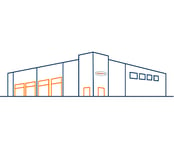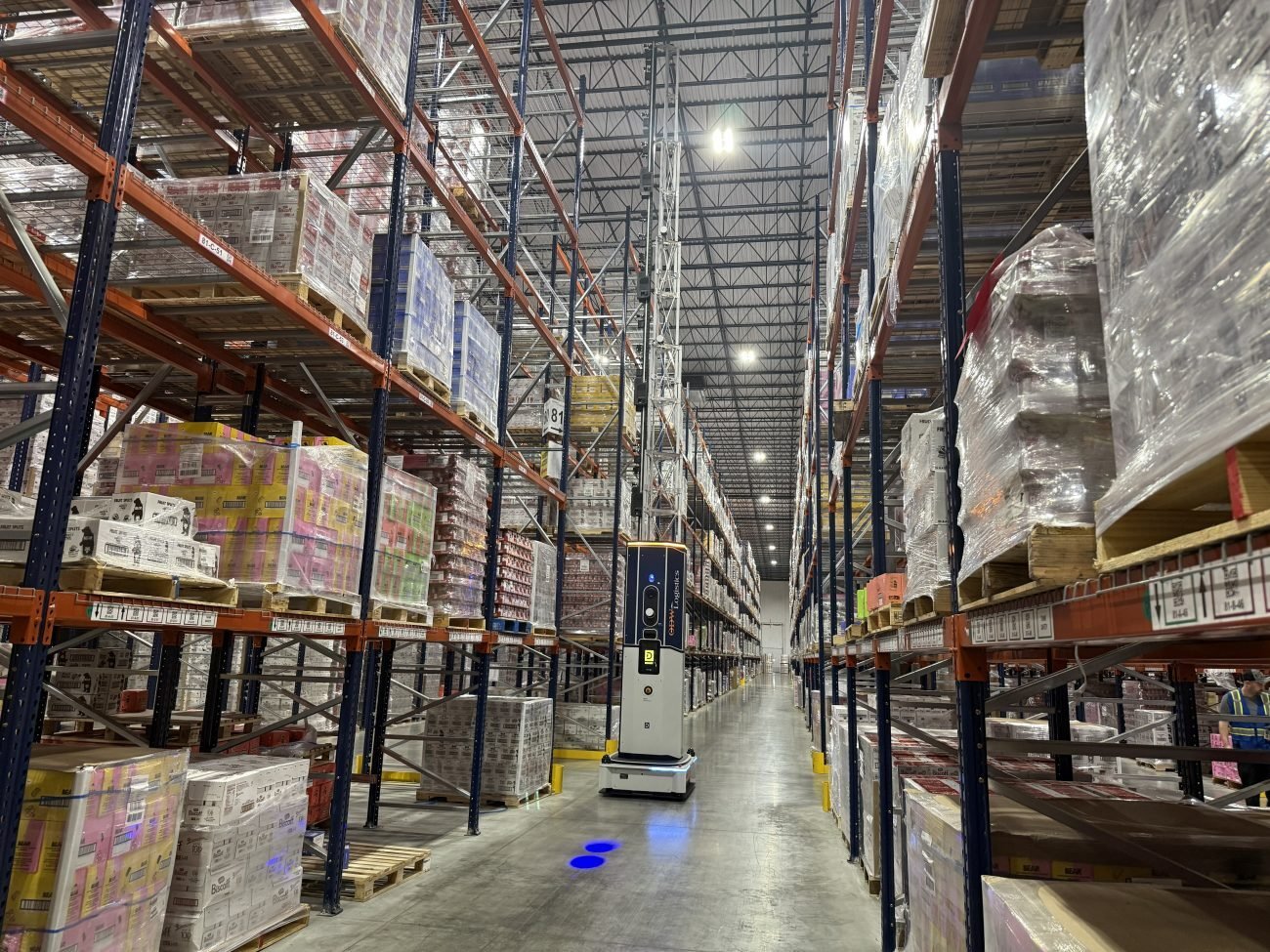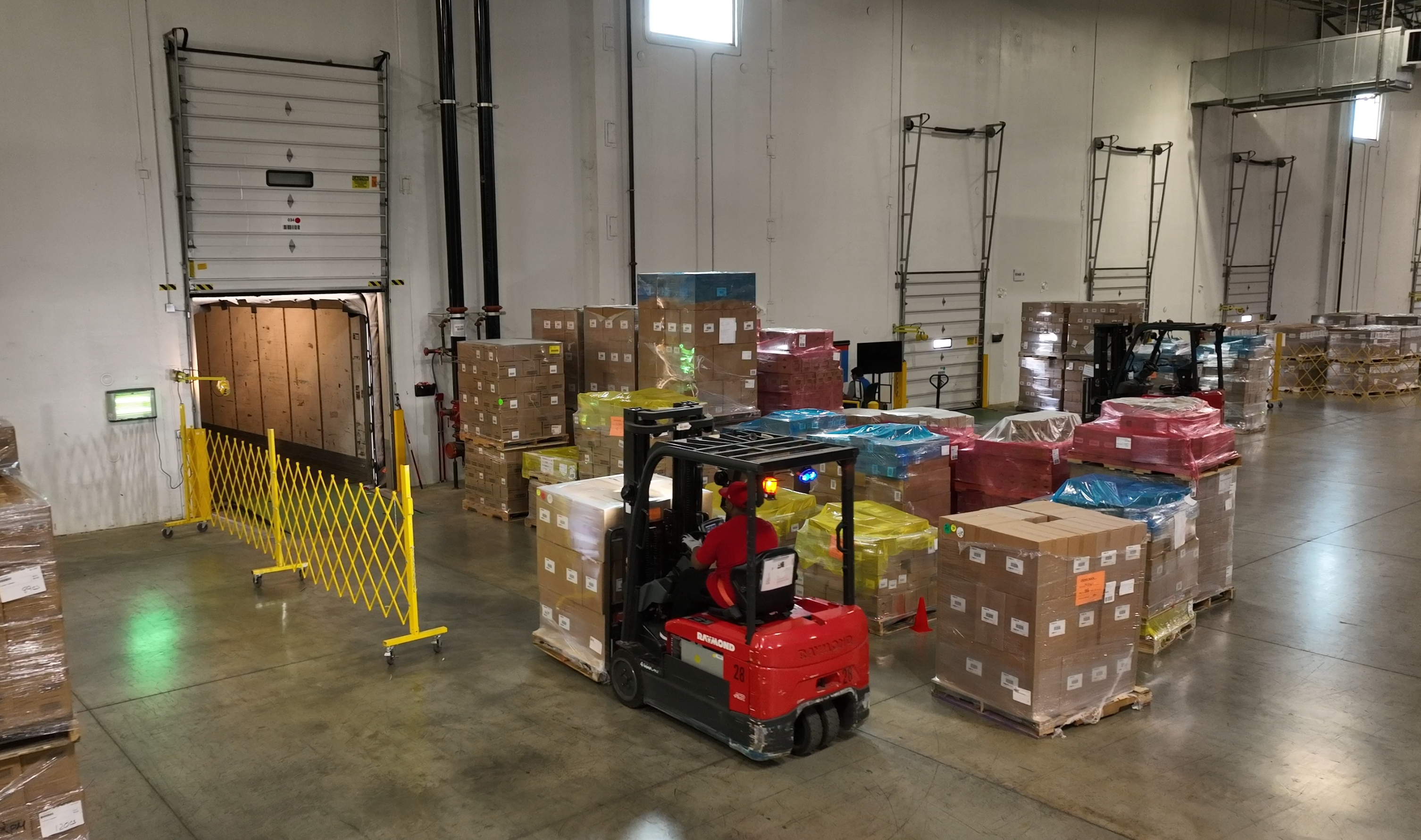Seasonal spikes present a formidable challenge for businesses operating within the frozen food industry. Retailers, e-commerce platforms, and grocery chains alike feel the pressure as demand can fluctuate dramatically within the year, impacting everything from storage capacity to transportation logistics. Poor planning during these peak periods can lead to disastrous consequences, including wasted inventory, delayed shipments, and ultimately, lost revenue. Let’s explore some of the causes of fluctuations in frozen food logistics and how businesses can effectively navigate these icy peaks and valleys.
The Drivers of Frozen Food Demand
Several factors contribute to seasonal spikes in frozen food demand. Holidays like Thanksgiving, Christmas, and Easter often trigger a surge in demand for specific frozen ingredients and desserts. Special promotions and product launches can also create localized peaks. Weather patterns play a role, influencing consumer preferences for frozen meals or treats. Consider the back-to-school rush, which fuels demand for convenient frozen meal options, or the summer barbecue season, which boosts sales of frozen desserts and appetizers.
These demand drivers vary across different sectors. E-commerce platforms, particularly those offering meal kits, may experience different peaks than traditional brick-and-mortar retailers. Similarly, grocers face unique challenges compared to food distributors. Understanding these nuances is crucial for effective planning.
The Chilling Effect: Challenges of Peak Seasons
Managing seasonal spikes presents a complex set of challenges. Frozen warehouse capacity is often stretched thin during peak times. Overcrowding can lead to inefficiencies and increased costs. Transportation delays become more frequent due to limited availability of temperature-controlled trucks and potential weather-related disruptions. Maintaining product quality is paramount, as temperature fluctuations during transit or storage can compromise the integrity of frozen goods. Accurate demand forecasting is essential, as overestimating or underestimating inventory can lead to waste or missed sales opportunities.
Strategies for Thawing the Freeze: Effective Management Techniques
Successfully navigating seasonal spikes requires a multi-pronged approach.
Scalable Warehousing Solutions: Flexible warehousing options are critical for handling fluctuating demand. ODW Logistics understands this challenge, offering scalable warehousing solutions designed to accommodate seasonal variations. Our Romeoville, IL frozen warehouse, strategically located in the Midwest, provides a centralized hub for efficient distribution. Advanced inventory management systems further enhance efficiency, enabling optimized space allocation for seasonal products.
Optimized Transportation Networks: Efficient transportation and process-driven technology platforms deliver complete solutions for managing your transportation and frozen food logistics. ODW Logistics coordinates outsourced transportation management with end-to-end managed freight, freight brokerage, retail consolidation and strategic load building, as well as a dedicated Midwest regional truckload fleet.
Rigorous Quality Control: Maintaining product quality throughout the supply chain is non-negotiable. ODW Logistics’ Romeoville location holds certifications from the British Retail Consortium (BRC), United States Department of Agriculture (USDA), Canadian Food Inspection Agency (CFIA), the Food and Drug Administration (FDA), and the Safe Quality Food Institute. This world-class freezer facility is designed to support high volume cold-chains using a high-bay layout and efficient hydrogen-powered material handling equipment, ensuring regulatory compliance, even during the most demanding seasons.
The ODW Advantage: Your Partner in Peak Performance
Partnering with a seasoned logistics provider like ODW Logistics offers significant advantages during seasonal spikes. Our scalable infrastructure, encompassing warehousing, transportation, and staffing, is designed to handle peak demand without disruptions. Decades of experience in frozen food logistics provide a deep understanding of the unique challenges involved. ODW's commitment to technology and data-driven solutions ensures visibility, forecasting, and optimization across the supply chain. Critically, ODW offers customized solutions tailored to the specific needs of each client, regardless of scale.
The Future of Frozen: Emerging Trends
The future of frozen food logistics is marked by innovation. AI-driven demand forecasting is becoming increasingly sophisticated. Automation within warehouses is streamlining operations and improving efficiency. Sustainability practices are gaining prominence as businesses seek to reduce waste during seasonal surges. ODW Logistics remains committed to these advancements, investing in technology and sustainability initiatives to stay ahead of industry trends and better serve its clients.
Ready to Conquer the Cold?
Effectively managing seasonal spikes in frozen food logistics requires a strategic approach and a reliable partner. ODW Logistics offers the expertise, infrastructure, and technology to help your business navigate these challenges and thrive, even during the most demanding seasons. Contact ODW today for a consultation and discover how we can help you conquer the cold.







%20(1)-1.png?width=2000&height=500&name=ODW%20HH%20Landing%20Pages%20Headers%20(1200%20x%20300%20px)%20(1)-1.png)



